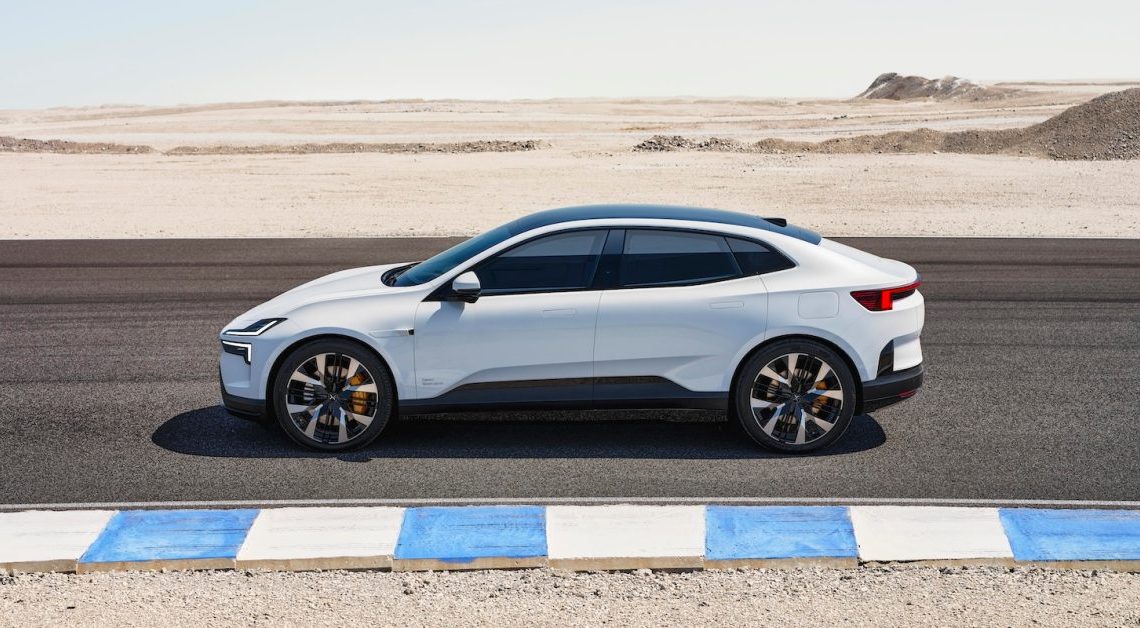
In a bid to get it above the $1.00/share NASDAQ-required minimum, fledgling EV brand Polestar ($PSNY) is rumored to be considering a 1:30 reverse stock split that could see the per-share price rocket up to nearly $16.
Geely-owned Volvo spinoff Polestar is working as hard as Tesla to prove that stock prices have little or nothing to do with traditional business fundamentals in 2025.
That’s because Polestar posted a 36.5% increase in retail sales and a heady 48.8% increase in revenue (to $2.17 billion) over the year before, Polestar’s share price has plummeted more than 35% in a matter of a few weeks – culminating in an unwelcome nastygram from NASDAQ threatening to delist the company’s shares from the NASDAQ if they didn’t climb back up above $1.
It looks bad

To goose the share price, CarScoops is reporting that Polestar aims to move forward with the reverse stock split before the end of 2025. The expected 1:30 reverse split would boost the PSNY price to an estimated $15.90 per share at current prices, keeping the brand well out of risk of a delisting.
In a reverse stock split, each share of the company is converted into a fraction of a share – so, if a company announces a one for ten reverse stock split (1:10), every ten shares that you own will be converted into a single share. In a 1:30 reverse split like the one rumored here, every thirty shares in Polestar would become a single share.
The reverse split increases share price, but it’s not without risk:
A company may declare a reverse stock split in an effort to increase the trading price of its shares – for example, when it believes the trading price is too low to attract investors to purchase shares, or in an attempt to regain compliance with minimum bid price requirements of an exchange on which its shares trade … investors may lose money as a result of fluctuations in trading prices following reverse stock splits.
INVESTOR.ORG
That’s especially relevant because, despite the increased sales and revenue, the company is also posting increased losses. Through September, the brand posted a $1.56 billion net loss compared to an $867 million loss in the first nine months of 2024. The company is also getting hit hard by Trump-imposed tariffs in the US and increased downward pressure on pricing coming from aggressive post-tax credit discounts from rival brands like BMW and Kia.
If the split does happen, here’s hoping Polestar can make the most of their borrowed time and they don’t end up like Lordstown Motors or Faraday Future – two brands that have pulled similar reverse stock splits with dubious results.
Author: Jo Borrás
Source: Electrek
Reviewed By: Editorial Team



